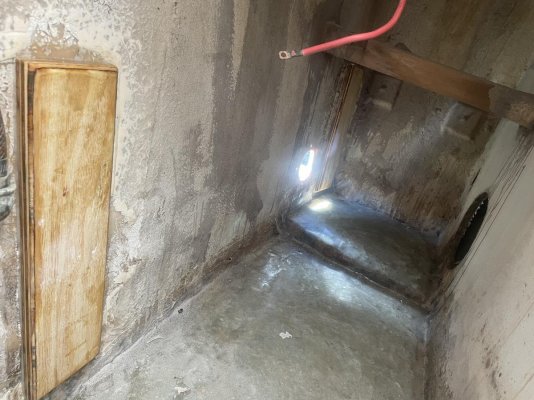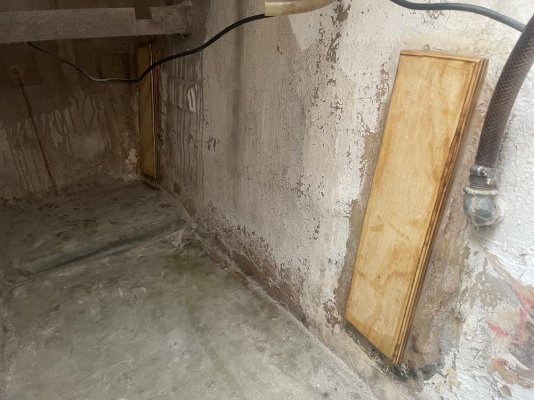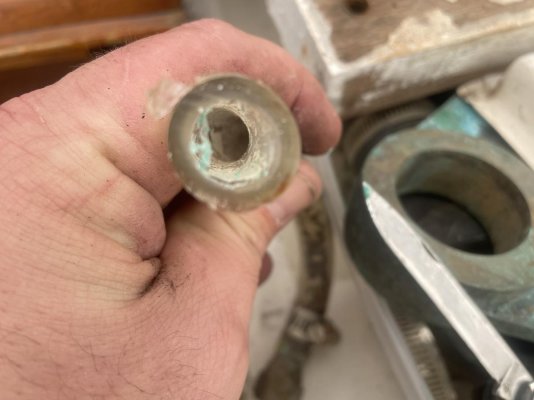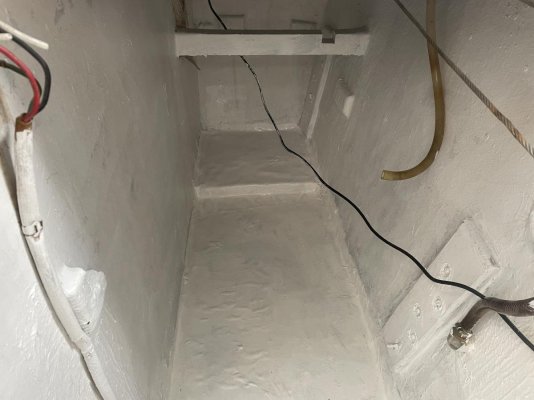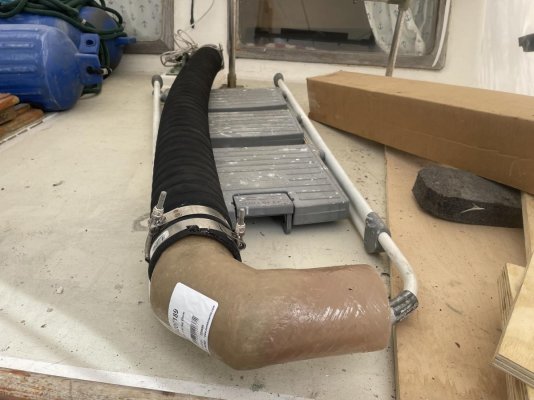When you are designing a boat, it is hard to get the F&A trim exactly right, particularly if there are various engine, tank, and battery options. That's true even now, with good computer design tools. In pre-computer days, getting trim even roughly right was a long mathematical exercise, listing the position of the center of gravity of everything on the boat in all three dimensions and the weight.
Sailboat designers can deal with this by adjusting the shape of the lead keel, but even then, many sailboats have some trimming ballast. Powerboat designers can move the engine(s), batteries and tanks F&A, but those options are limited and there's no ballast keel, so inside ballast is often needed. Concrete is cheaper than lead and has the advantage that it stays in one place. Lead needs to be held in place.
Jim

 Turned it back over to the owners without even so much as a "We're sorry".
Turned it back over to the owners without even so much as a "We're sorry".  from the search. Insurance said it wasn't covered. Customs officers weren't liable. . . . .
from the search. Insurance said it wasn't covered. Customs officers weren't liable. . . . .